“I just really like Fords” was Dave Martin’s response to “Why a Ford?”
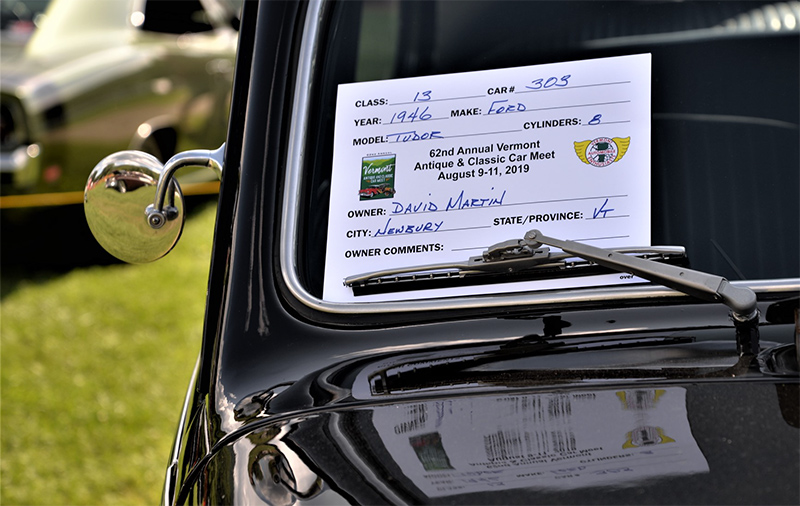
Dave Martin is a retired carpenter and now has the extra time to work in his home shop in Newbury, Vermont. He is very close to finishing up a 1940 Ford Tuder that started out with a broken frame and seized engine. Maybe we will see his restoration at our next Waterbury Show in August.
He has been involved with old vehicles since fishing his first car out of stream bed, back when he was in high school at Bradford High. His friend had a 1931 Pontiac and the friends parents were not very happy about their son driving it. When the friend rolled the Pontiac into a stream along the road, the parents said that was it. Dave then bought the car, as is, for $5.00. Dave and his Dad rolled the car back on its tires and pulled it home. He never registered the car for the highway but later made a doodlebug out of it.
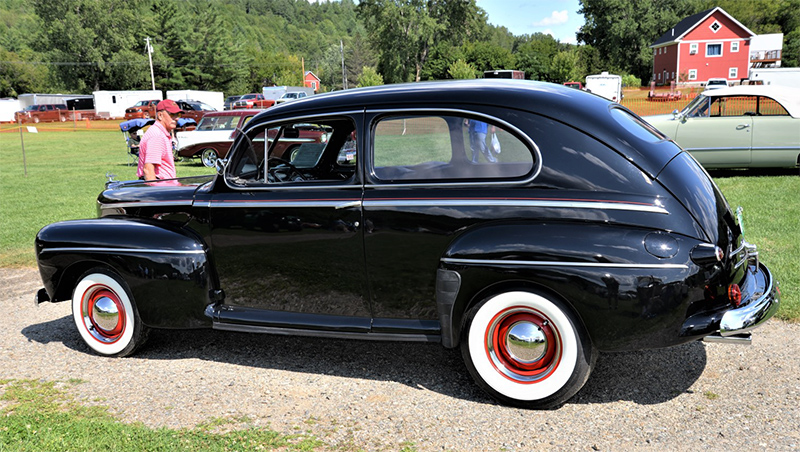
He found it for sale at a restoration shop just down the road from his home at Darlings Auto in South Ryegate.
He added directional lights, rear shocks and did a bit of engine tuning before driving it the 45 miles to the Waterbury Show last August. As you can see, it is a beautiful car.
The Ford Motor Company shut down its automobile production line in Detroit and at its assembly plants across the country early in February of 1942 to take on the war effort. In the three month period after the US entered WWII, due to the bombing of Pearl Harbor on December 7, 1941, a stockpile of cars was set aside for essential uses during the war; military staff car production continued.
It would not be until three years later in July of 1945, and the war had ended, when the first 1946 Ford would roll off the production line ahead of its main competitor, Chevrolet.
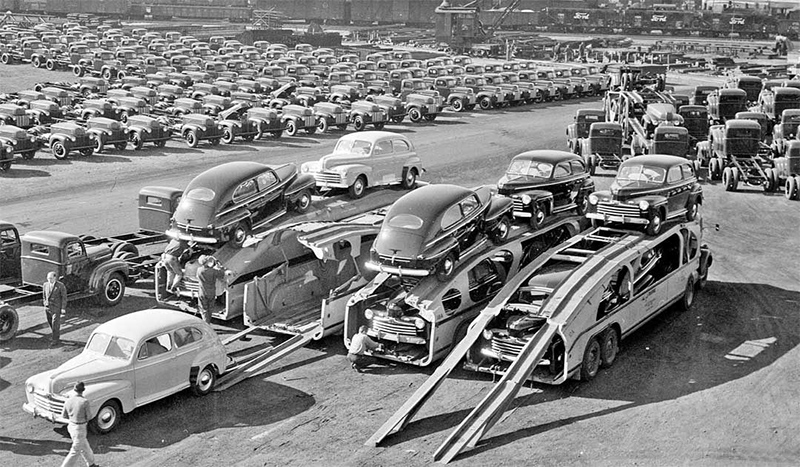
“There’s A Ford In Your Future”, the sales promo that Ford created, when WWll came to an end. Ford had a number of left over 1942 body parts that went into 1946 Ford models.
Henry Ford II got the first postwar car into production, and the very first one — a white Super DeLuxe Tudor sedan assembled on July 3, 1945 — went to President Harry Truman. Alas, only 34,439 more were assembled during the 1945 calendar year. However, there was no end of problems with the War Production Board, which controlled output and material supplies, and the Office of Price Administration, which put many controls on the price of parts and cars. Henry Ford II claimed that he was losing $300 per car because he couldn’t achieve volume production, and indeed the company was hemorrhaging about $10 million per month at one point.
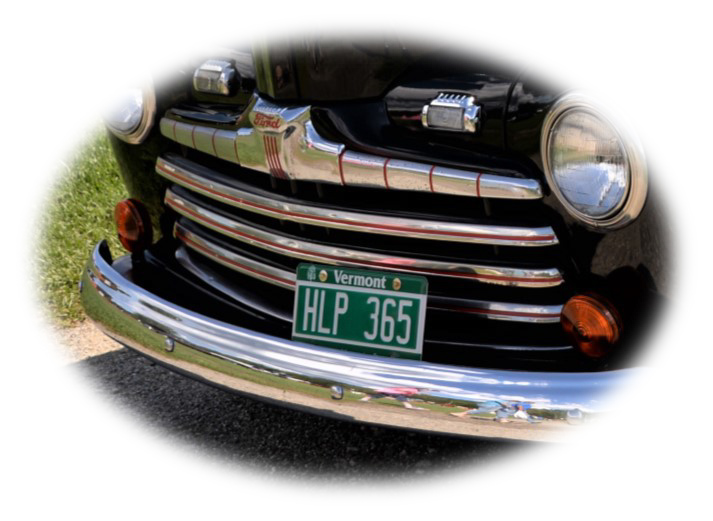
The only notable mechanical change to the new 1946 Ford, from the 1942 model, was the adoption of the larger 239 c.i., 100 h.p. V-8 engine used in prewar Mercury and Ford trucks. The outward appearance of the revamped 1942 model, was essentially the same, except for a newly designed three-bar horizontal grille capped with a heavy tapered trim bar below the hood. In the rear, the deck lid received two added horizontal trim strips below the license plate. Roughly 450,000 of the new Fords were manufactured during the production run which ended part way through 1948.
Some specs……. Rear-wheel drive, manual 3-speed on-the-column, V8 gasoline engine with displacement of 239.4 cui, advertised power:100 hp. Outside length: 196.2 in, width: 73.3 in, wheelbase: 114 in, 3370 lbs. estimated curb weight. p speed:80 mph, fuel consumption average 18.7 mpg.

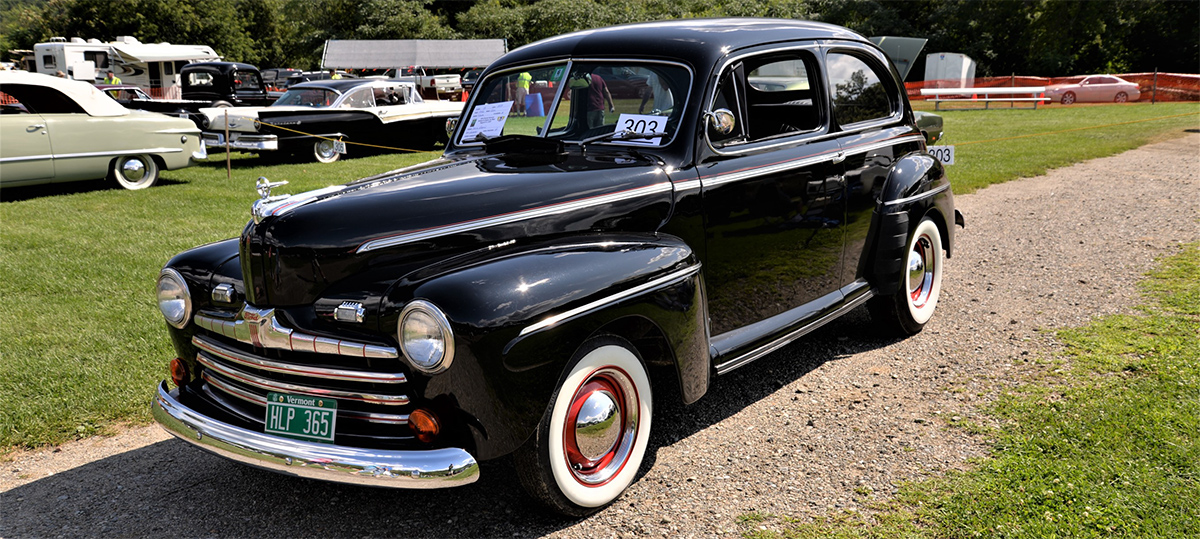
Leave a Reply